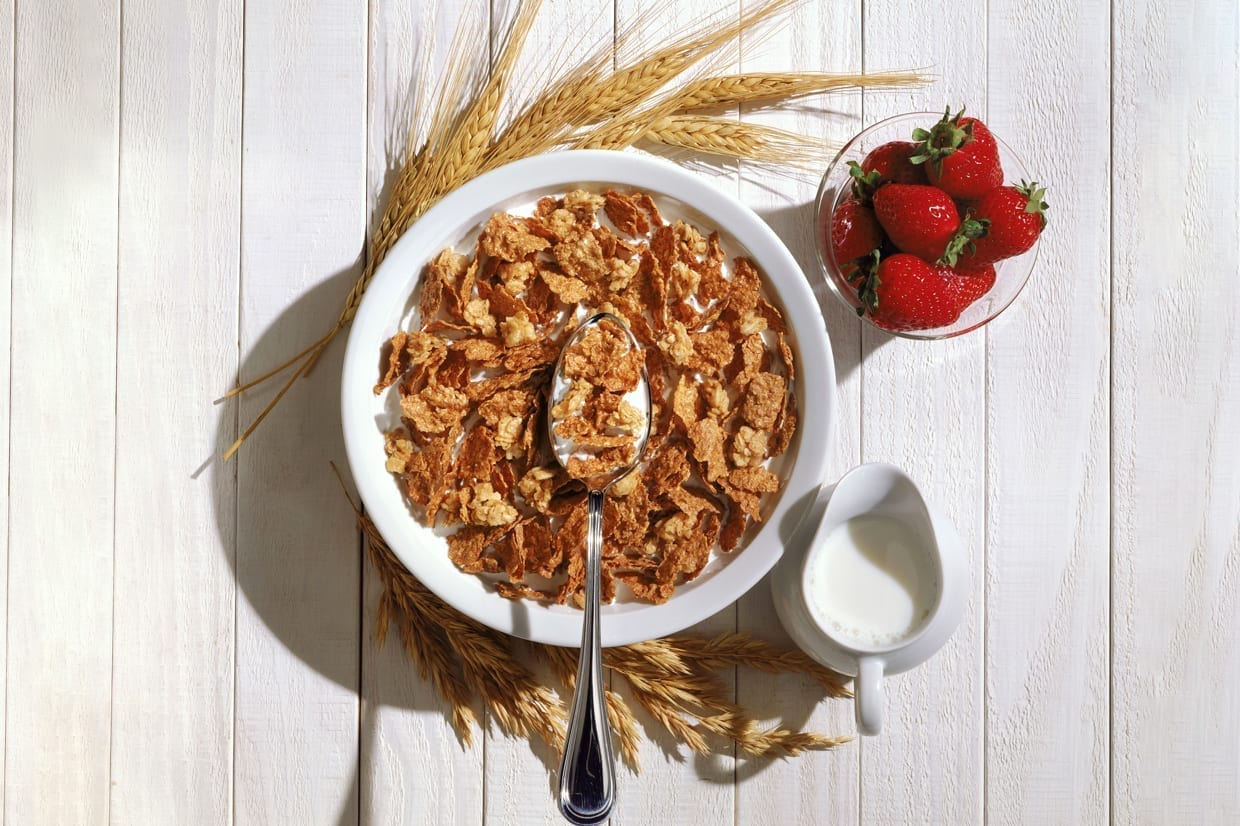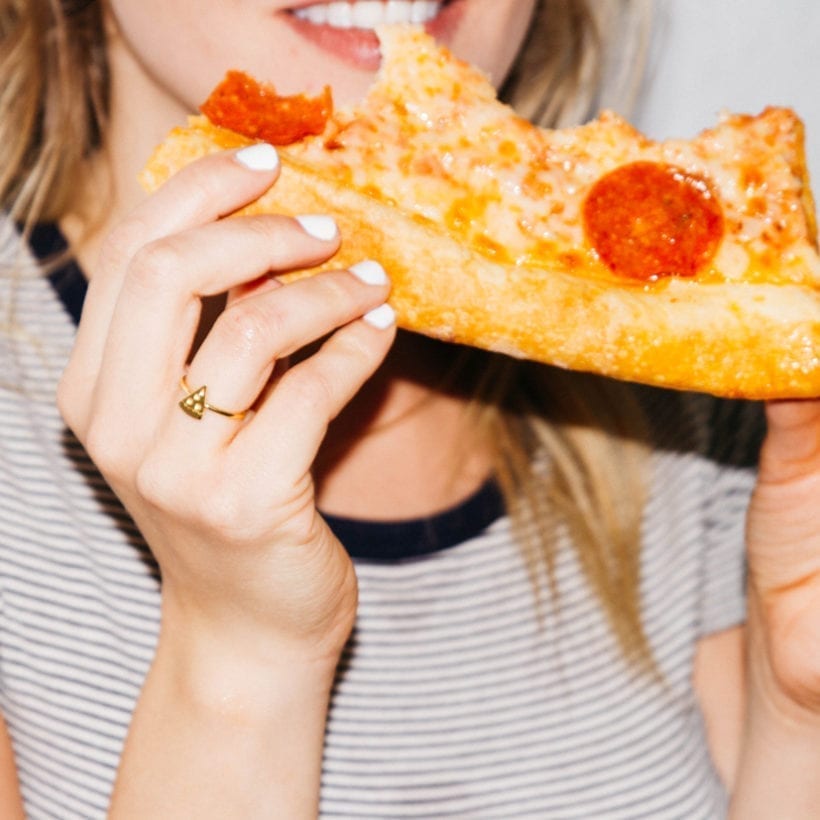Sugar and fats are often demonized while protein and vegetables are glorified, but what about fiber? Despite being a fundamental component of any diet, it is overlooked with half of Americans not getting the required daily amount. Here is what you need to know about this vital nutrient.
Why fiber?
Fiber plays a vital role in digestion and the process of moving waste efficiently through the body. “Fiber promotes intestinal transit and therefore prevents constipation. It makes you feel full and slows the process of digestion as well as the rate at which sugar hits the bloodstream. It may even reduce the absorption of dietary fat and cholesterol,” says Ashton Harper, M.B.B.S., a U.K.-based gastroenterologist and head of medical fairs at Lepicol. “Dietary fiber contains what’s commonly referred to as ‘non-digestible carbohydrates’ which are metabolized into important compounds in the gut which are vital for cell function in the large intestine and stimulate muscular contractions in the bowel,” he adds.

Fiber is commonly divided into two categories: insoluble and soluble. This refers simply to its ability to dissolve in water. “In layman’s terms, soluble fiber attracts water in the gut and forms a gel-like substance to helps waste pass through the intestine, while insoluble fiber causes a bulking up action that stimulates muscle movement to move food along the intestine,” says Sana Khan, a U.K.-based nutritional consultant. “While they serve slightly different purposes, they are both equally as important,” Khan clarifies.
Beyond boosting day to day health, landmark new research published in The Lancet in January 2019 highlights how a high-fiber diet can play a part in warding off disease. “Following analysis of data across 185 studies, 58 clinical trials and more than 4,500 adults, researchers identified that consuming a high-fiber diet reduced the risk of bowel cancer, heart disease and type 2 diabetes by 15-30 percent,” says Harper.
How much do you really need?
“The Lancet research concluded that 25-29 grams per day of fiber would be considered ‘adequate,’ but an intake of 30 grams or more is likely to have additional benefits,” says Harper. According to The University of California San Francisco, the average American only eats about 15 grams a day, half the recommended amount. Interestingly, this new study emphasized the benefits of naturally occurring dietary fiber in whole grains, vegetables and fruits that have been minimally processed.
How to up your fiber intake?
Nutritional therapist Angelique Panagos echoes the viewpoint shared in this report: “It’s great we’ve moved away from the idea that fiber is best obtained from high-fiber cereals such as bran flakes. The optimum way to get fiber is a diverse and balanced diet rich in whole grains, vegetables and fruit,” she comments. “At every meal ask, ‘Where are the veggies?’ and try and fill half your plate with non-starchy vegetables such as greens, broccoli, peppers, mushrooms or cauliflower,” Panagos suggests. Not only will this up your fiber intake but it will also offer a wealth of other nutritional benefits simultaneously. “For breakfast, you could have carrot cake overnight oats or quinoa porridge with pears, lunch could be a veggie and lentil dish with rice, while dinner could be a roasted sweet potato with veggie chili and greens,” Panagos advises.
https://www.instagram.com/p/BZKYQoQlGo0/
“If you think you need an extra boost of concentrated fiber to meet your daily target, you could consider adding a few tablespoons of ground flaxseeds to your morning cereal or take a supplement containing psyllium husk,” adds Harper.
Khan offers a similar take: “I encourage clients to go meat-free one day a week and focus solely on whole grains, fruit and vegetables. This is a great way to expand their fiber intake and increase their repertoire of plant-based dishes.” Khan also offers some other simple swaps to increase your fiber consumption. “Always choose whole wheat alternatives instead simple white carbs — think brown pasta, brown rice and brown bread. Or, try adding a portion of fruit or veg to your breakfast to ensure you have a good portion of fiber at every meal.” She also recommends prioritizing fiber-rich snacks by keeping a stock of seeds in your kitchen, handbag and office desk. “High in fiber and rich in nutrients, they can be added to salads, yogurts and smoothies or simply have a teaspoon as a snack,” she suggests. Panagos also suggests swapping out juices for smoothies. “Pressed juices remove all the pulp and therefore fiber,” she points out. “If your stomach struggles with raw vegetables, you can lightly steam your chosen veg first to make it more digestible,” she adds.
What about supplements?
If you need an extra boost of concentrated fiber to meet your daily goal you could consider a fiber-based supplement. Harper recommends choosing one containing psyllium husk. “This is a gentle fiber supplement that forms a soft gel-like substance. It has been shown to aid colonic transit without the unwanted side effects of laxatives.”
We only recommend products we have independently researched, tested, and loved. If you purchase a product found through our links, Sunday Edit may earn an affiliate commission.







